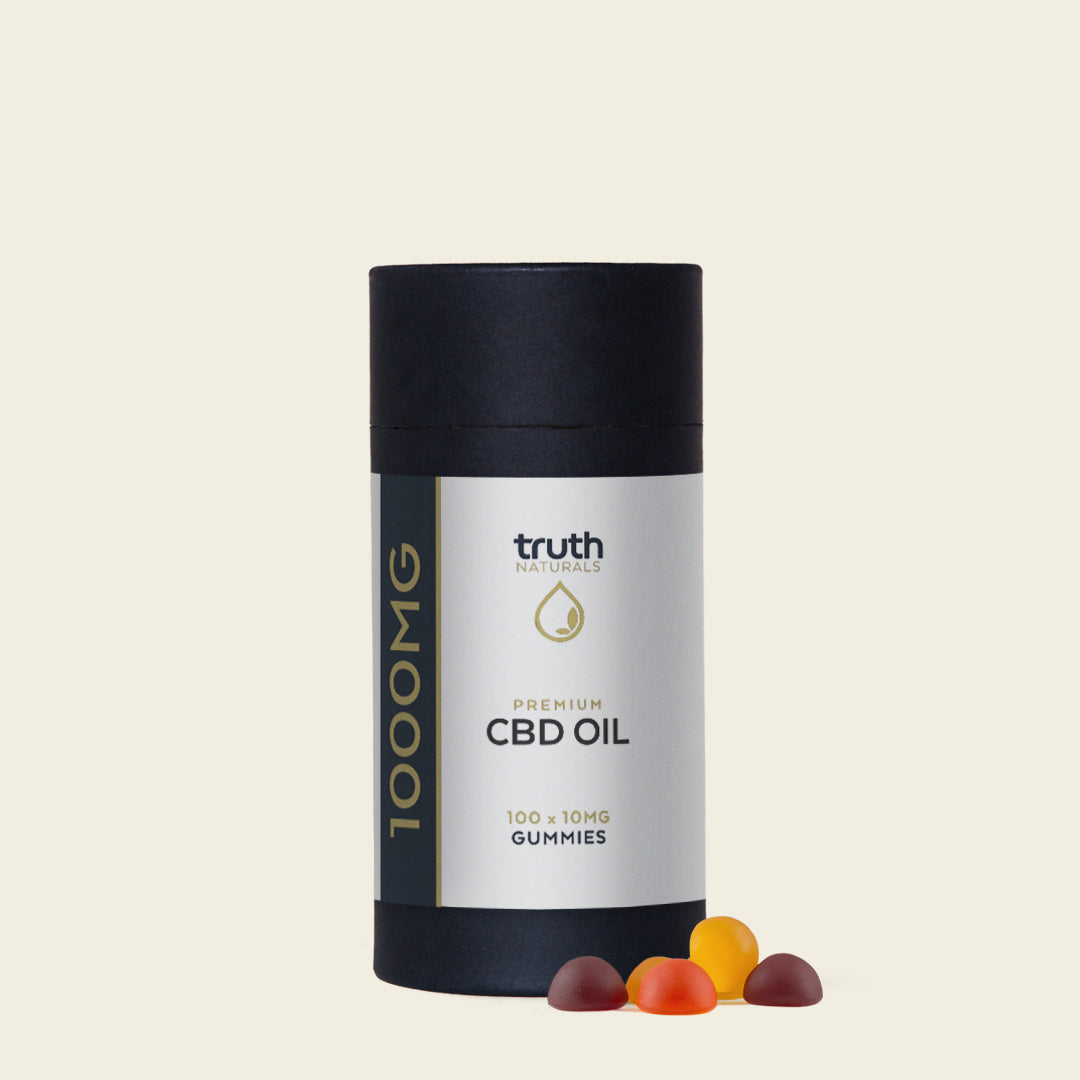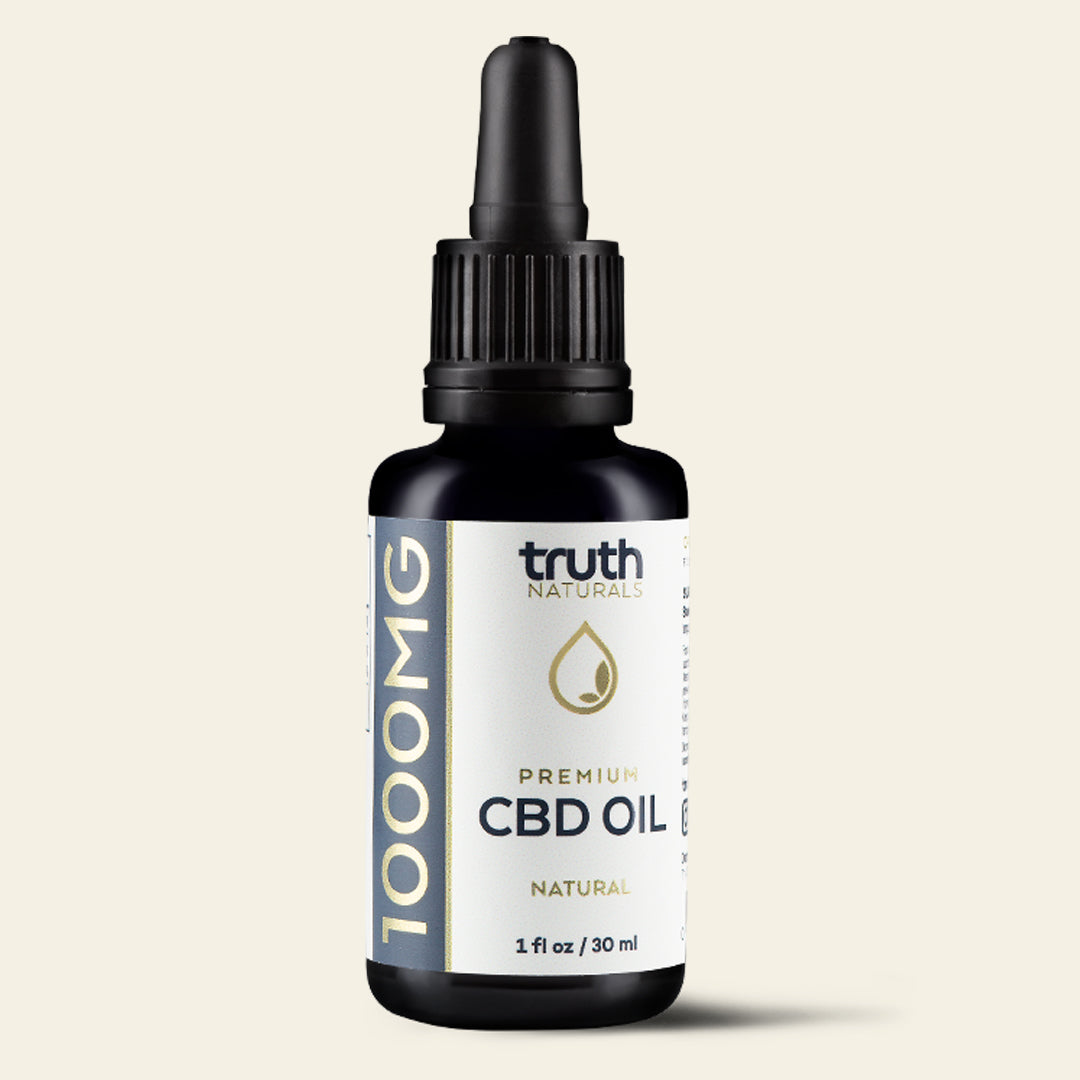What is relaxation and are we doing it right?
BLOG BY REBEKAH. C
Here’s what you need to know to really relax...
Relaxation seems like such a simple thing. At the end of a long, stressful day of work, you kick off your shoes, throw on your favourite show, and enjoy a glass of wine. That’s all it takes to relax right? Unfortunately, no. Though things like reading a book, chatting with a friend on the phone, or browsing the web might feel good – they’re not actively “relaxing”. All of those activities are stimulating for the mind and body. Even drinking a glass of wine stimulates various mental and physical responses. If you want to actually relax, you need a different approach. The problem most of us have with relaxation these days, is we don’t know how to define it. We think of relaxation of anything that doesn’t involve work. However, relaxation is actually a specific physical and psychological state.
What is the relaxation response?
To reduce the damaging effects of stress on the body and minimise any excess cortisol and adrenaline in your system, you’ll need to initiate the relaxation response [1]. This is a state of deep rest in which you slow your breathing, heart rate, and even cognitive functioning to bring yourself back into balance. While relaxing might seem simple, it’s actually more challenging than you’d think. People spend years practising things like meditation, rhythmic exercise, and yoga, just to master the art of relaxing. Of course, this doesn’t mean that learning to relax isn’t worthwhile.
5 things relaxation does
#1 Helps the heart rate and blood pressure
Reducing your heart rate {2} from time to time is good for your current and future health. It places your cardiac muscles under less pressure.
#2 Slows your breathing
Fast, chaotic breathing can lead to oxygen deprivation, and increase your feelings of anxiety or stress. Slower breathing helps you calm down.
#3 Improves blood flow
When you relax, your blood can flow naturally, rather than rushing into your extremities to deal with the “fight or flight” response. Good blood flow means the rest of your body can work better too, from your digestion system to your lungs.
#4 Enhances concentration
Relaxing helps to calm your thoughts so you can focus on one thing at a time. In a state of calm, you can be more creative, and more successful
#5 Increases your chances of a good night’s sleep
When you can relax, you can reduce the amount of adrenaline and cortisol in your system – things that can keep you awake.
5 things relaxation does
#1 Helps the heart rate and blood pressure
Reducing your heart rate {2} from time to time is good for your current and future health. It places your cardiac muscles under less pressure.
#2 Slows your breathing
Fast, chaotic breathing can lead to oxygen deprivation, and increase your feelings of anxiety or stress. Slower breathing helps you calm down.
#3 Improves blood flow
When you relax, your blood can flow naturally, rather than rushing into your extremities to deal with the “fight or flight” response. Good blood flow means the rest of your body can work better too, from your digestion system to your lungs.
#4 Enhances concentration
Relaxing helps to calm your thoughts so you can focus on one thing at a time. In a state of calm, you can be more creative, and more successful
#5 Increases your chances of a good night’s sleep
When you can relax, you can reduce the amount of adrenaline and cortisol in your system – things that can keep you awake.
How to relax properly
Learning how to relax properly can be a little tricky. Some people see great results by practising mindfulness and meditation. Others need to engage in things like “physical” relaxation, where they exercise to help remove the stress and tension from their muscles. It takes practice and experimentation to find what works for you. Some of the best methods you can try include:
#1 Deep breathing
Cleansing, deep breaths focus your mind and help to bring the rest of your body into check. While you’re breathing deeply, you’re concentrating on pulling the right amount of air into your body, so you don’t let your mind wander as much to things that might cause stress. Slowing your breathing also slows your heart rate, which brings the rest of your body into a more natural, peaceful state. To practice deep breathing, find a space where you can sit comfortably without distraction. Place one hand on your stomach, and the other on your chest, then inhale deeply through your nose. You should feel the hand on your stomach rising naturally. Exhale through your mouth and feel your stomach fall again. Continue this practice until you feel entirely calm.
How to relax properly
Learning how to relax properly can be a little tricky. Some people see great results by practising mindfulness and meditation. Others need to engage in things like “physical” relaxation, where they exercise to help remove the stress and tension from their muscles. It takes practice and experimentation to find what works for you. Some of the best methods you can try include:
#1 Deep breathing
Cleansing, deep breaths focus your mind and help to bring the rest of your body into check. While you’re breathing deeply, you’re concentrating on pulling the right amount of air into your body, so you don’t let your mind wander as much to things that might cause stress. Slowing your breathing also slows your heart rate, which brings the rest of your body into a more natural, peaceful state. To practice deep breathing, find a space where you can sit comfortably without distraction. Place one hand on your stomach, and the other on your chest, then inhale deeply through your nose. You should feel the hand on your stomach rising naturally. Exhale through your mouth and feel your stomach fall again. Continue this practice until you feel entirely calm.
#2 Progressive muscle relaxation
These days, we’re so used to feeling stress, we don’t always recognise that we’re holding onto tension in various areas of our bodies. Progressive muscle relaxation {3} uses mindfulness to make you aware of where stress is hiding in your muscles. To practice this technique, find a comfortable place to sit or lay down, and tense each of the muscles in your toes slowly, then relax them again. The idea is to work up from your toes to the top of your head, tensing, and relaxing each muscle group as you go. You’d be surprised how often your body just needs a reminder to relax.
#3 Visualisation
Visualisation is a relaxation technique often used in meditation and various forms of therapy. The aim behind this practice is to take a “mental journey” to a calming place and leave your stresses behind in the process. During the visualisation, try to incorporate all of your senses, including sight, smell, sound, and touch. If you’re imagining sitting on the beach, for instance, imagine the smell of saltwater and the warmth of the sun on your body. To get the most out of your relaxation session, close your eyes and sit in a room where you won’t be disturbed. Wear loose-fitting clothing to avoid anything uncomfortably pulling you away from the visual you create. There are various guided visualisation sessions available online and through your smartphone apps, to help you get started.
Relaxation takes practice
True relaxation isn’t just flopping on the sofa after a long day. It takes practice. Fortunately, there are some tools available that can help you to master relaxation a little faster. Natural solutions like CBD tinctures are perfect at interacting with the endocannabinoid system to reduce stress and pain signals. This can make it much easier to relax if you’re used to dealing with high amounts of stress. You can even consider using products like CBD gummies to enhance your relaxation sessions. Popping one of these treats before a visualisation session can help to put you in the right frame of mind to enjoy the true “relaxation response”.
Remember, it might take a little while to find a relaxation strategy that works well for you. If you find you can’t seem to relax on your own, you can always consider reaching out to a doctor for some extra advice.
References
{1}https://www.healthdirect.gov.au/relaxation
{2]https://www.health.harvard.edu/blog/your-resting-heart-rate-can-reflect-your-current-and-future-health-201606172482
{3}https://www.uofmhealth.org/health-library/uz2225









